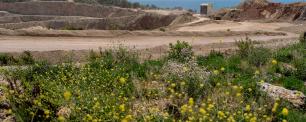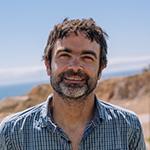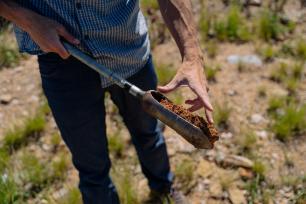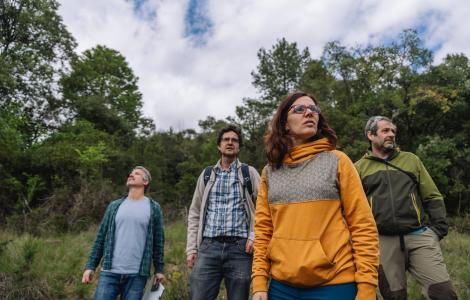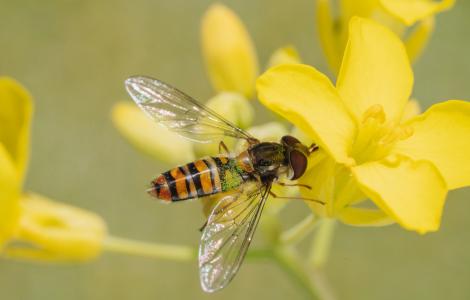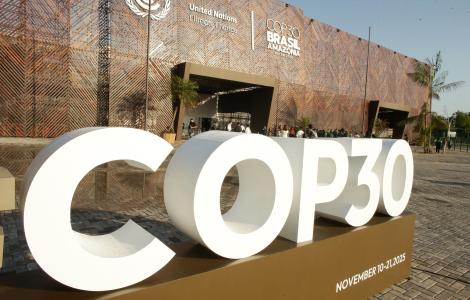Thus, under the leadership of Vicenç Carabassa and Xavier Domene following the Alcañiz legacy, our experts design the characteristics of the ‘new’ soil and the organic amendments to be applied. These are known as “tailor-made soils” or technosoils, and they reduce restoration costs by between 20% and 50%. Pure circular bioeconomy. The FAO's inclusion of these protocols in its best practice guidelines is evidence of this success, as is the reuse of more than 70,000 tonnes of waste so far.
“We have been studying for years how applying organic amendments improves soil health, and we have seen that it has many benefits. For example, it helps to retain more carbon, increase soil fertility and biodiversity, and prevent erosion,” explains Carabassa.
One of the best-known protocols currently in use is RESTOCAT, which was developed in collaboration with the Directorate General for Climate Change and Environmental Quality. It explains how to evaluate restoration measures in mines and their ecological status. To date, it has enabled the monitoring of over 800 abandoned mines and the identification of priority areas for restoration and ecosystem recovery once the decision to close the mines has been made. A protocol for using drones to monitor active mines has also been included, and has been applied to 10% of active mines in Catalonia. This activity has also led to the Group's significant involvement in the Catalan Aggregates Guild, with CREAF becoming an institutional member of the recognised 'Spanish Network for the Restoration of Mines and Quarries'.



